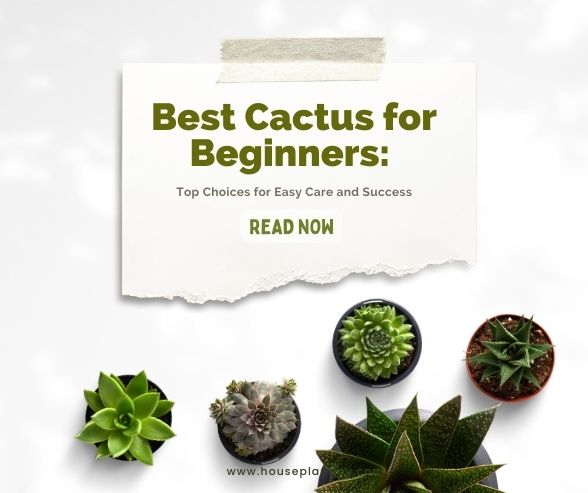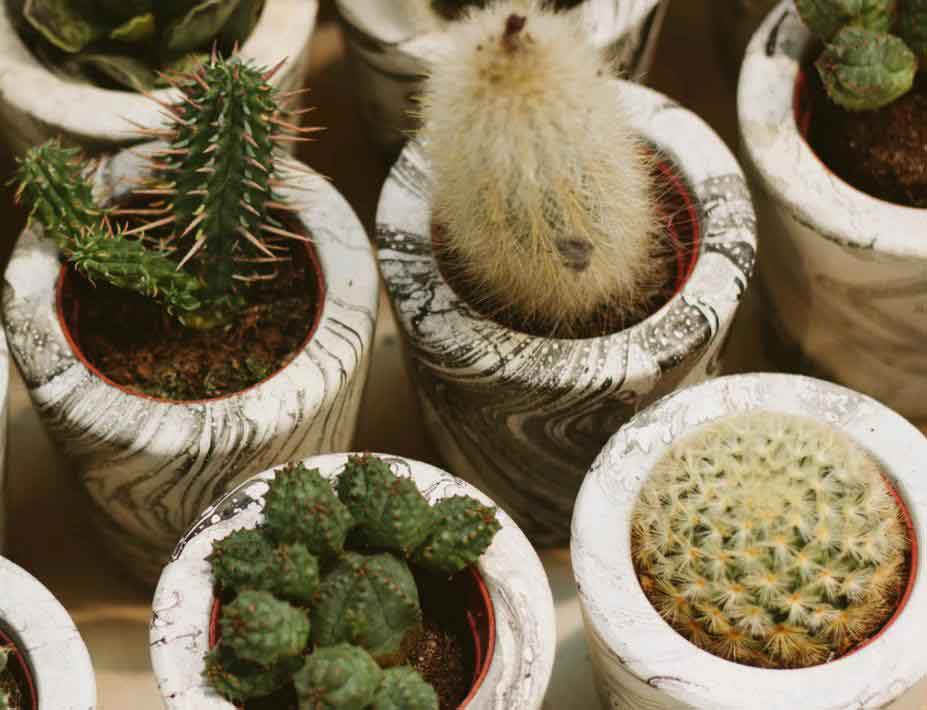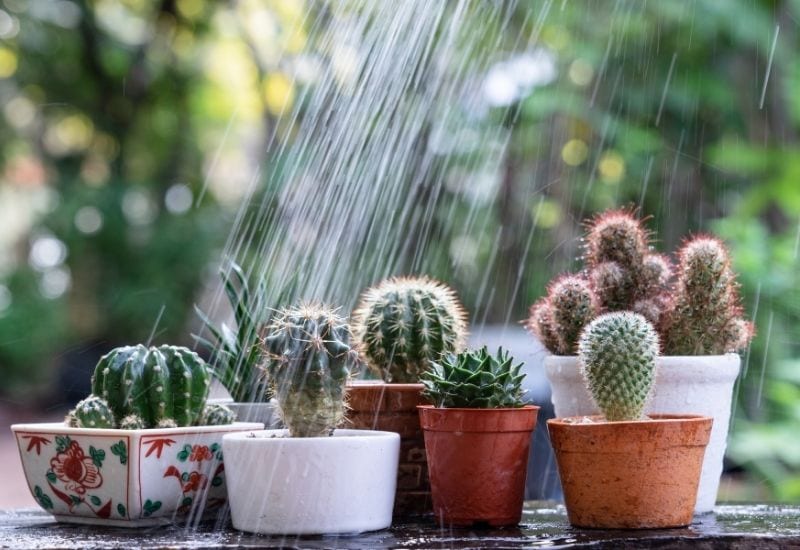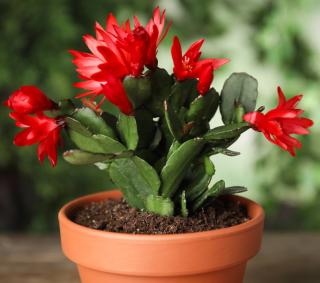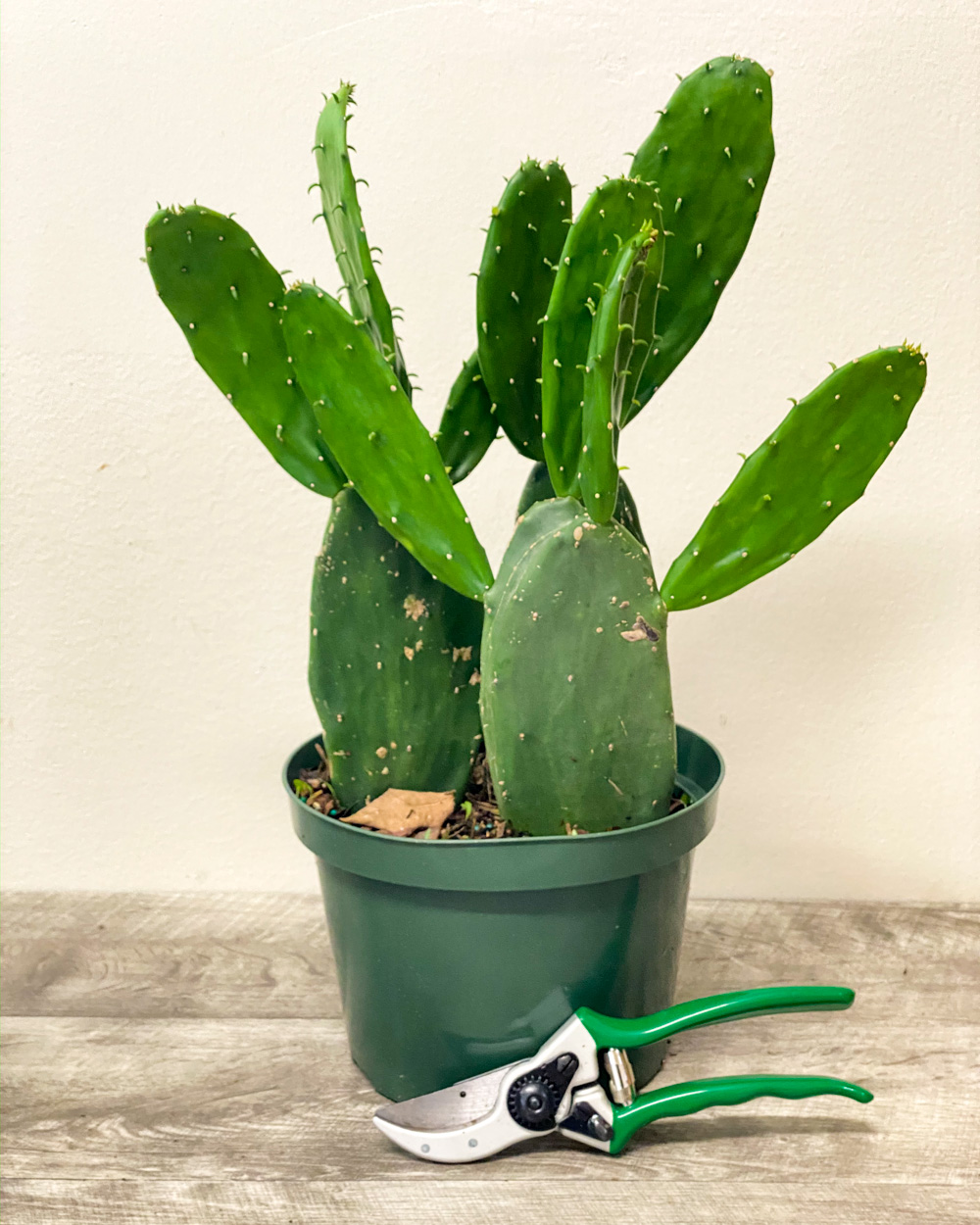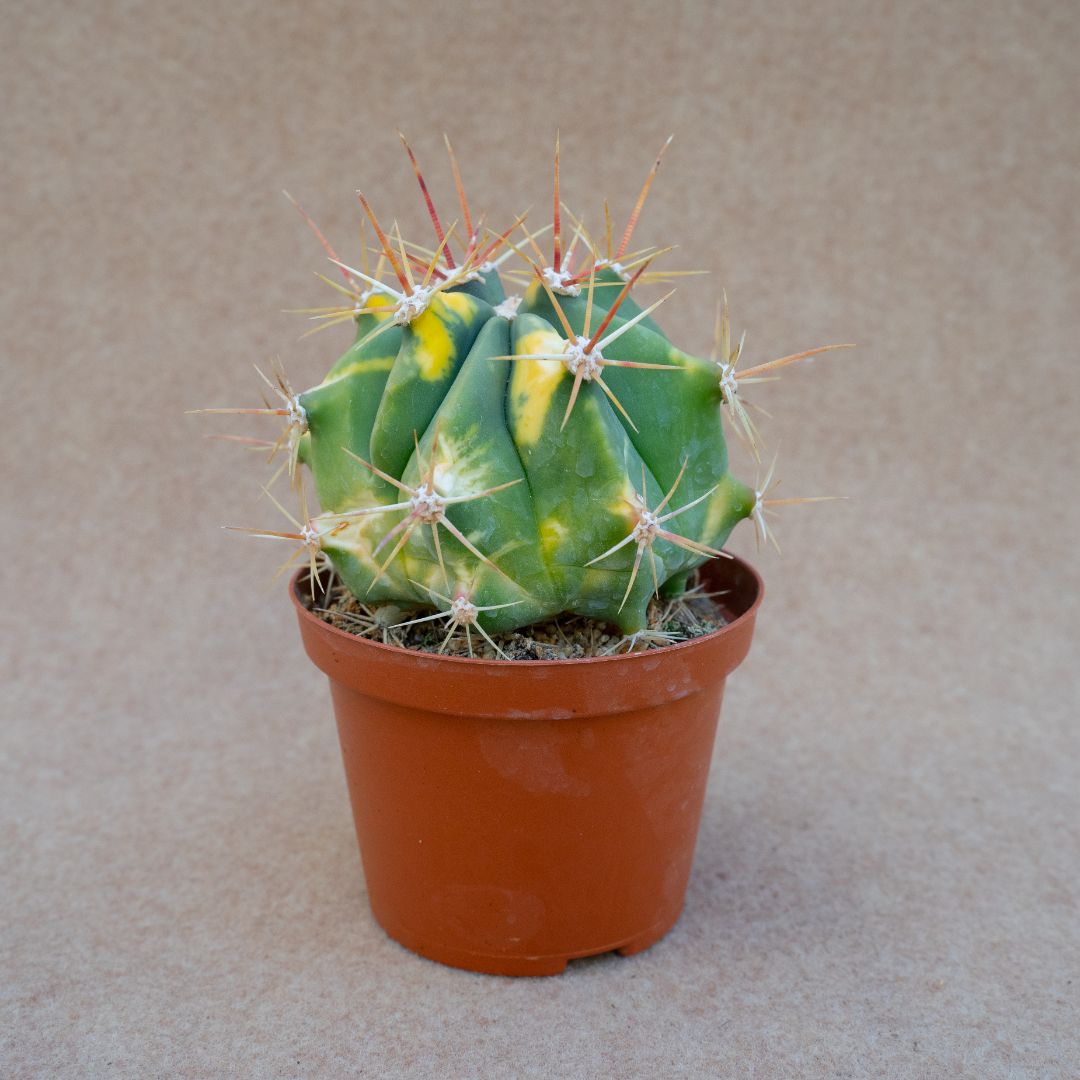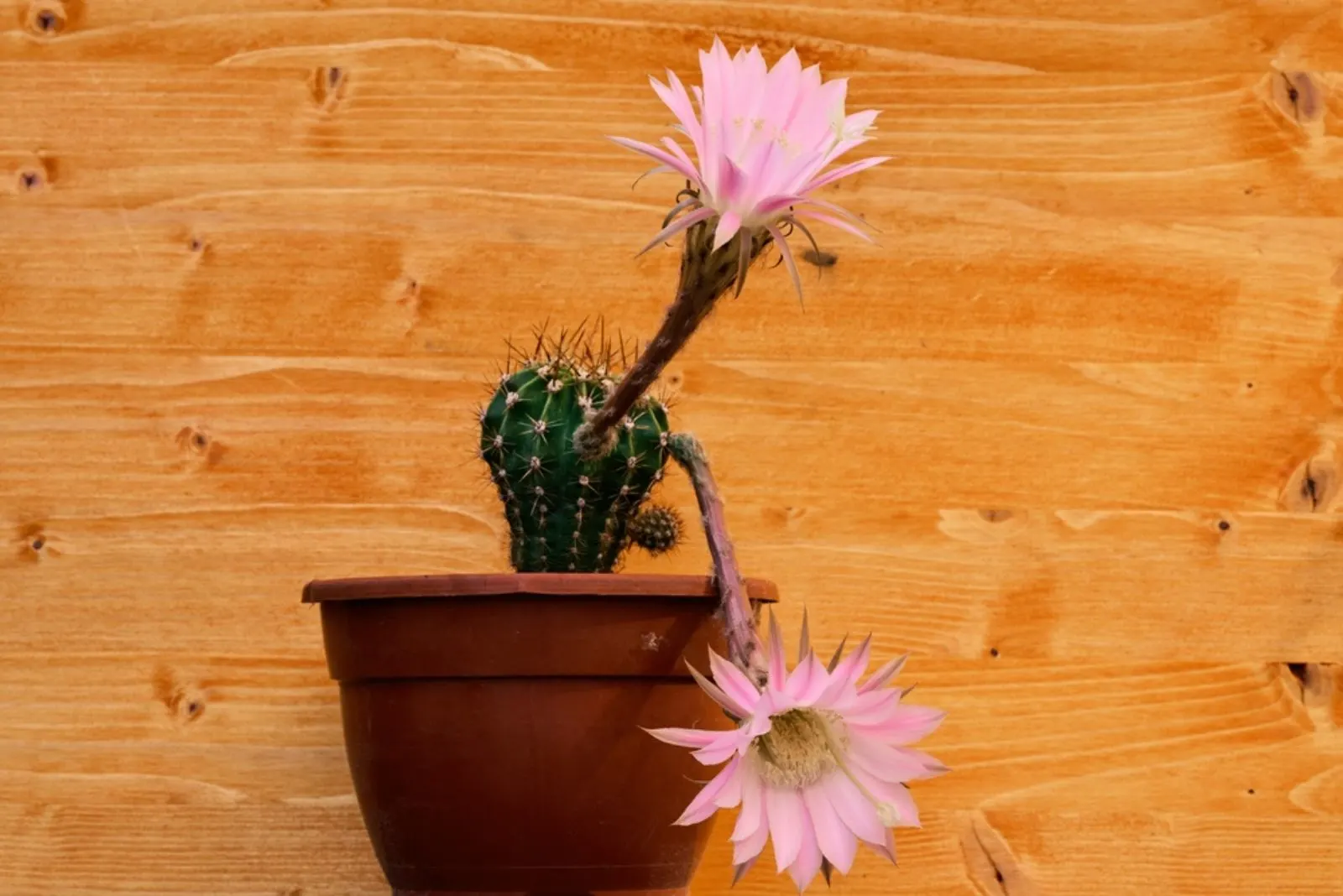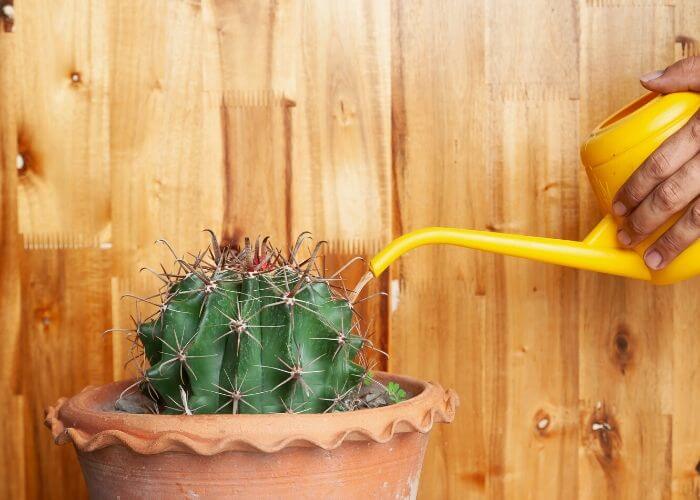HousePlantJoy is supported by our audience. When you purchase through one of our links, we may earn a small affiliate commission. As an Amazon Associate I earn from qualifying purchases. Your cost is not affected.
==================
Growing cacti is an exciting and rewarding experience, and choosing the suitable cactus for beginners is crucial to ensure a successful and enjoyable journey into the world of these unique plants. With a wide variety of cacti species available, it’s essential to find the best cactus that suits your preferences and fits well within your lifestyle. Whether you’re looking for an indoor cactus to brighten up your living space or an outdoor cactus to enhance your garden, there are numerous options to explore.
By selecting the best cactus for beginners, you can embark on a fulfilling journey of caring for these remarkable plants. With their fascinating shapes, unique adaptations, and, in some cases, stunning blooms, cacti captivate your attention and add beauty to your surroundings. Whether you choose an indoor cactus to decorate your living space or an outdoor cactus to enhance your garden, the world of cacti awaits your exploration.
When choosing the best cactus for beginners, several factors must be considered. These factors include watering requirements, light, and temperature needs, size and growth rate, maintenance and care level, availability, and affordability. By considering these factors, beginners can select a cactus that suits their preferences and is easier to care for.
Watering Requirements
One crucial factor to consider is the watering requirements of the cactus. Some cacti, such as the bunny ears cactus (Opuntia microdasys), require less frequent watering, as they are adapted to arid conditions. On the other hand, tropical cacti, like the Christmas cactus (Schlumbergera spp.), prefer slightly more moisture. Understanding a cactus’s specific watering needs is essential for its health and survival.
Light and Temperature Needs
Cacti have varying light and temperature requirements. Desert cacti, such as the barrel cactus (Echinocactus spp.) and the Saguaro cactus (Carnegiea gigantea), thrive in direct sunlight and prefer hot temperatures. Conversely, indoor cacti prefer bright indirect light and cooler temperatures, like the Easter cactus (Hatiora gaertneri). When selecting a cactus, it is important to consider the lighting conditions available in your home or garden.
Size and Growth Rate
Consider the eventual size of the cactus and its growth rate. Some cacti, such as the moon cactus (Gymnocalycium mihanovichii), are small and slow-growing, making them suitable for smaller spaces or container gardens. In contrast, species like the prickly pear cactus (Opuntia spp.) or the desert cacti (Ferocactus spp.) can grow large and require more space.
Maintenance and Care Level
Different cacti have varying maintenance and care requirements. Some cacti, like the bunny ears cactus or the Easter lily cactus (Echinopsis spp.), are relatively low-maintenance and require less attention. Others, such as the fishbone cactus (Epiphyllum angular) or the old lady cactus (Mammillaria hahniana), may need more specific care, such as special watering schedules or pruning techniques. Choosing a cactus that matches your commitment and ability to provide proper care is important.
Availability and Affordability
Consider the availability and affordability of the cactus species you are interested in. Certain cacti, like the prickly pear or barrel cactus, are widely available and can be found in many garden centers or online stores. On the other hand, rarer species, such as the sea urchin cactus (Astrophytum asterias) or the zig-zag cactus (Selenicereus spp.), may be harder to find and more expensive. Ensure that the cactus you choose is readily accessible and fits within your budget.
By considering the watering requirements, light and temperature needs, size and growth rate, maintenance, care level, availability, and affordability, beginners can decide when selecting the best cactus. These factors will help ensure a successful and enjoyable experience growing and caring for their chosen cactus.
Best Cacti for Beginners
Christmas Cactus (Schlumbergera spp.)
Description and Characteristics
Christmas Cactus, belonging to the Schlumbergera genus, is a popular cactus species known for its ability to bloom during the holiday season. It features flat, segmented stems with scalloped edges and beautiful tubular flowers in various colors, such as pink, red, white, and purple.
Easy Care Requirements
Christmas Cactus is an excellent choice for beginners as it is relatively low maintenance. It thrives in bright indirect light and prefers temperatures between 60-70°F (15-21°C). The cactus requires well-draining soil and should be watered when the top inch of soil feels dry. During the blooming period, it benefits from a slight decrease in watering.
Benefits
Christmas Cactus brings festive beauty and charm to any indoor space. Its ability to bloom during the holiday season makes it a cherished plant for many. Additionally, it is a relatively forgiving cactus that can adapt well to indoor conditions.
Propagation Methods
Christmas Cactus can easily propagate through stem cuttings. Allow the cuttings to dry for a few days before planting them in a well-draining potting mix. New roots will form from the cut ends, leading to new plants.
Tips for Success
Place the Christmas Cactus in a location with bright, indirect light to encourage blooming. Avoid placing it in direct sunlight, as it can scorch the leaves. Provide adequate humidity by placing a tray of water near the cactus or misting it occasionally. During the blooming period, avoid moving the plant to ensure uninterrupted flower development.
Prickly Pear Cactus (Opuntia spp.)
Description and Characteristics
Prickly Pear Cactus, belonging to the Opuntia genus, is a versatile cactus species found in various regions worldwide. It is known for its distinctive paddle-shaped pads covered in spines and clusters of vibrant flowers in shades of yellow, orange, or pink. Some varieties even produce edible fruits known as prickly pears.
Easy Care Requirements
Prickly Pear Cactus is an ideal choice for beginners due to its hardiness and adaptability. It thrives in full sun and well-draining soil, tolerating various temperatures. The cactus is drought-tolerant and requires infrequent watering, allowing the soil to dry out between waterings.
Benefits
Prickly Pear Cactus offers any garden or landscape a unique and dramatic look. Its resilience, low water requirements, and potential for edible fruits make it an attractive choice for beginner cactus enthusiasts.
Propagation Methods
Prickly Pear Cactus can propagate through stem cuttings or by planting its seeds. When using stem cuttings, allow them to dry for a few days before planting them in well-draining soil. Sow the seed in a suitable potting mix and kept moist until germination.
Tips for Success
Place the Prickly Pear Cactus in a location that receives full sunlight to promote healthy growth and flowering. Be cautious when handling the cactus due to its spines. Ensure the soil is well-draining to prevent root rot. During hot summer months, provide occasional deep watering to support fruit development.
Desert Cacti (Ferocactus spp.)
Description and Characteristics
Desert Cacti, belonging to the Ferocactus genus, are native to arid regions and are known for their robust and spiky appearance. They come in various shapes and sizes, with cylindrical or barrel-shaped bodies covered in prominent spines. Desert cacti often display vibrant yellow, orange, or red flowers.
Easy Care Requirements
Desert Cacti are well-suited for beginner cactus enthusiasts due to their hardiness and low maintenance needs. They thrive in full sun and well-draining soil. These drought-tolerant cacti require infrequent watering, allowing the soil to dry out between waterings. It is crucial to protect them from frost and cold temperatures.
Benefits
Desert Cacti add a touch of wild desert to any landscape or garden. Their striking appearance and ability to withstand harsh conditions make them an attractive choice for beginners. Additionally, they require minimal water, making them suitable for water-conscious gardeners.
Propagation Methods
Desert Cacti can propagate through seeds or offsets. To propagate through offsets, gently remove the smaller cacti growing at the base of the parent plant and plant them in well-draining soil. Sow the seed in a suitable potting mix and kept moist until germination.
Tips for Success
Provide Desert Cacti with ample sunlight to promote healthy growth and flowering. Ensure they are planted in well-draining soil to prevent waterlogging. Water sparingly, especially during the dormant period, to avoid overwatering. Protect the cacti from freezing temperatures indoors or provide adequate frost protection.
Easter Lily Cactus (Echinopsis spp.)
Description and Characteristics
Easter Lily Cactus, from the Echinopsis genus, is a beautiful cactus species named for its stunning lily-like flowers. It features cylindrical or globular stems covered in spines and produces large, trumpet-shaped flowers in colors ranging from white and pink to red and orange. The flowers often bloom during the spring.
Easy Care Requirements
Easter Lily Cactus is a great choice for beginners as it is relatively easy to care for. It thrives in bright sunlight and well-draining soil. The cactus requires regular watering during the growing season but should be watered sparingly during winter dormancy. It prefers temperatures between 60-80°F (15-27°C).
Benefits
Easter Lily Cactus adds elegance and beauty to any cactus collection or garden. Its stunning flowers, and low-maintenance needs make it a popular choice for beginners. Additionally, it can be grown indoors or outdoors, providing versatility in plant placement.
Propagation Methods
Easter Lily Cactus can propagate through offsets or stem cuttings. To propagate through offsets, gently separate the smaller cacti growing at the base of the parent plant and plant them in well-draining soil. Stem cuttings can dry and callus before planting in a suitable potting mix.
Tips for Success
Provide Easter Lily Cactus with ample sunlight to encourage blooming. Water regularly during the growing season, allowing the soil to dry slightly between waterings. Fertilize monthly during the growing season with a balanced cactus fertilizer. Protect the cactus from freezing temperatures, as it is not frost-tolerant.
Tips for Cactus Care
Taking care of cacti is essential to ensure their health and longevity. A few key tips can provide the optimal conditions for your cacti to thrive.
Choosing the Right Potting Soil
When caring for cacti, choosing the appropriate potting soil is crucial. Use a well-draining soil mixture specifically formulated for cacti and succulents. Avoid heavy, moisture-retentive soils that can lead to root rot. Opt for a blend that includes perlite, pumice, or coarse sand to enhance drainage and prevent soggy roots. This allows excess moisture to drain quickly and ensures the cactus roots stay healthy and dry.
Watering Techniques and Frequency
Watering cacti correctly is vital for their well-being. It’s important to understand that cacti are adapted to arid conditions and require less water than other plants—only water when the soil has completely dried out. When watering, provide a deep soak, allowing the water to penetrate the root zone, and then let the soil dry before watering again. Avoid frequent, light watering that can promote shallow root growth and lead to root rot. Adjust the watering frequency based on environmental factors such as temperature and humidity.
Fertilization Guidelines
Proper fertilization can enhance the growth and overall health of cacti. Use a balanced, water-soluble fertilizer formulated specifically for cacti and follow the package instructions for application rates. During the growing season, typically in spring and summer, apply a diluted fertilizer solution every four to six weeks. Reduce or stop fertilization during the dormant period in winter when cacti are not actively growing. Be cautious not to over-fertilize, as it can cause excessive growth and weaken the cactus.
Manage Common Pests and Diseases
Cacti can be susceptible to certain pests and diseases. Common pests include mealybugs, scale insects, and spider mites. To manage pests:
- Regularly inspect your cacti for signs of infestation, such as webbing, sticky residue, or wilting.
- Treat affected plants with organic insecticidal soap or neem oil, following the product instructions.
- Remove the affected parts and ensure proper air circulation around the plant if a cactus shows signs of disease, such as rot or fungal infections.
- Avoid overwatering and maintain a clean growing environment to prevent diseases.
Repotting and Transplanting Instructions
As cacti grow, they may require repotting or transplanting to provide adequate space for their roots. Repot a cactus when it outgrows its current container or every two to three years. Choose a slightly larger pot with drainage holes and fill it with fresh, well-draining cactus soil. Gently remove the cactus from its old pot, not damaging the roots. Place the cactus in the new pot, adjusting the soil level to support the plant upright. Allow the cactus to settle for a few days before watering. Transplanting outdoor cacti follows a similar process, ensuring the new planting location offers appropriate sunlight and soil conditions. Take caution not to disturb the root system excessively during the transplanting process.
This video will teach you how to propagate your cactus, allowing you to expand your plant collection and share the beauty of these desert wonders.
Video Credit: @SucculentsBox
Empowering Beginners to Thrive in Cactus Growing Adventure!
“Cactus, these hardy plants are perfect companions for your green thumb.” But it doesn’t stop there. It provides an encouraging boost, igniting your passion for cactus cultivation. You have what it takes to succeed, and this adventure will be rewarding. So, grab your watering can and soak up the knowledge because the world of cacti awaits your nurturing touch.
As you embark on this fulfilling experience, remember that caring for cacti is about nurturing plants and personal growth. Each tiny sprout and blooming flower brings joy and a sense of accomplishment. The resilient nature of cacti mirrors your strength and determination.
So, dive into this fascinating world, and let the beauty of cacti uplift your spirits and inspire you to grow, both as a gardener and as an individual. Embrace the adventure, and may your cactus journey be filled with endless discovery and flourishing greenery!
Frequently Asked Questions
What is the best cactus for beginners?
The Bunny Ears Cactus (Opuntia microdasys) is often recommended as an excellent choice for beginners. It has a unique and adorable appearance with its bunny ear-like pads. It is relatively low maintenance, requiring bright light and infrequent watering.
Are there any other cacti suitable for beginners?
The Barrel Cactus (Echinocactus spp.) and the Christmas Cactus (Schlumbergera spp.) are also great options. Barrel Cacti are known for their hardiness and tolerance to various conditions. Christmas Cacti are popular indoor cacti that bloom with vibrant flowers during the holiday season.
What makes these cacti suitable for beginners?
These cacti have traits that make them beginner-friendly, such as being resilient, low maintenance, and adaptable to different environments. They have moderate water requirements, making it easier to avoid overwatering, a common mistake among beginners.
Do these cacti require special care?
While these cacti are relatively easy to care for, they still have specific needs. They require well-draining soil, adequate sunlight, and protection from extreme temperatures. It’s important to understand their care requirements to ensure their optimal growth.
Where can I find these cacti?
These cacti can be found at local nurseries, garden centers, or online plant retailers. It’s always a good idea to check the availability of these cacti in your area or explore online options for a wider selection. You may also find them through cactus enthusiast groups or plant swaps.
Discover the Green Revolution at HouseplantJoy: Your Ultimate Guide to Indoor Gardening Bliss!
Are you ready to embark on a journey of greenery and tranquility? Look no further than HouseplantJoy, your go-to online resource for all things related to indoor gardening. Whether you’re a seasoned plant enthusiast or just starting your plant-parenting adventure, we have everything you need to cultivate a thriving indoor oasis.
At HouseplantJoy, we believe houseplants’ joy goes beyond mere decoration. These leafy companions can transform your living space into a sanctuary of serenity and well-being. With our extensive collection of articles, guides, and resources, you’ll learn how to create your haven filled with vibrant greenery and positive energy. Follow us on our social media channels.
Facebook: https://www.facebook.com/houseplantjoyblog
Instagram: instagram.com/houseplantjoy20
Pinterest: pinterest.com/houseplantjoy
Twitter: twitter.com/houseplantjoy
Tiktok: tiktok.com/@houseplantjoy
Unleash Your Green Thumb with our Ultimate Hub for Plant Lovers!
More Interesting Stuff!

